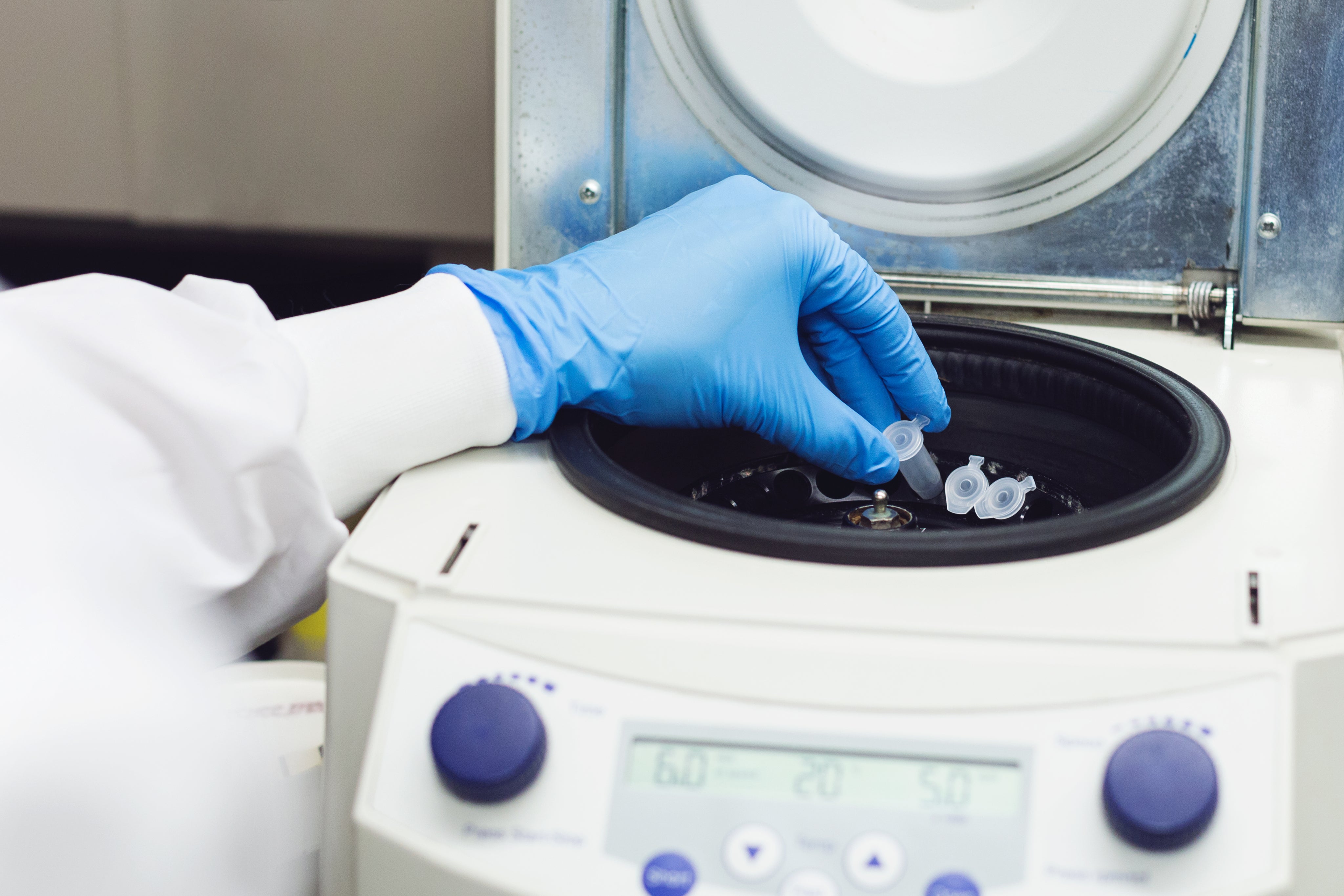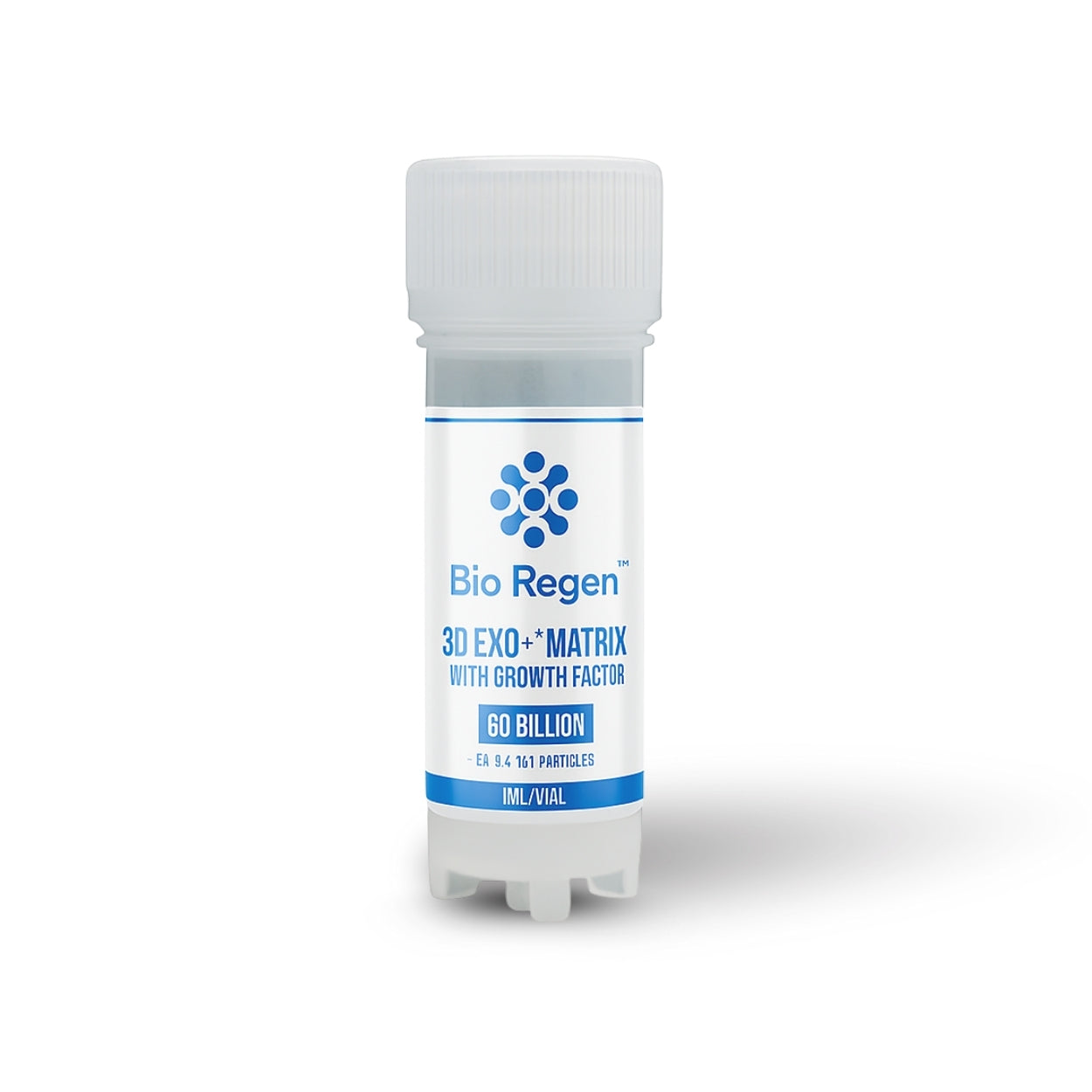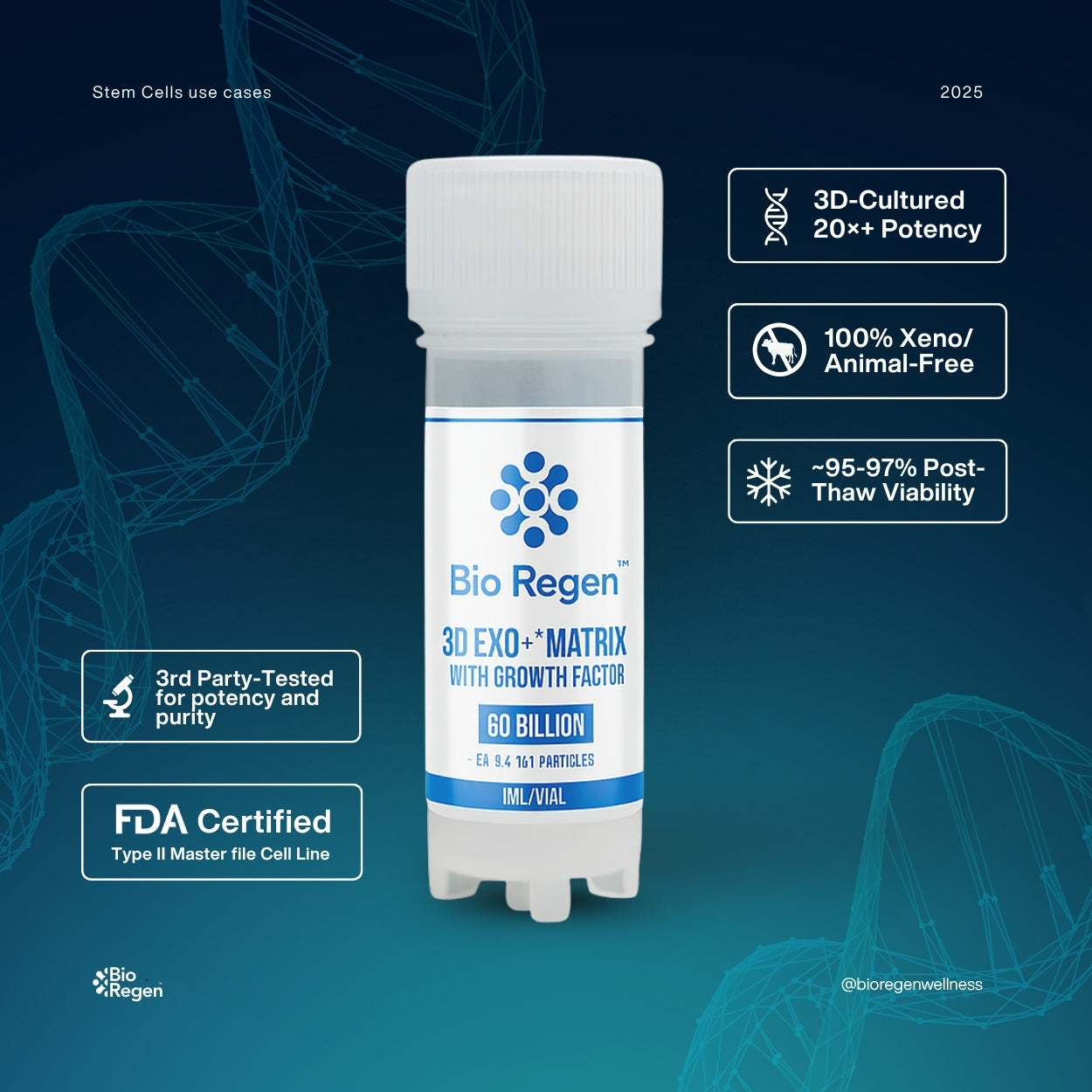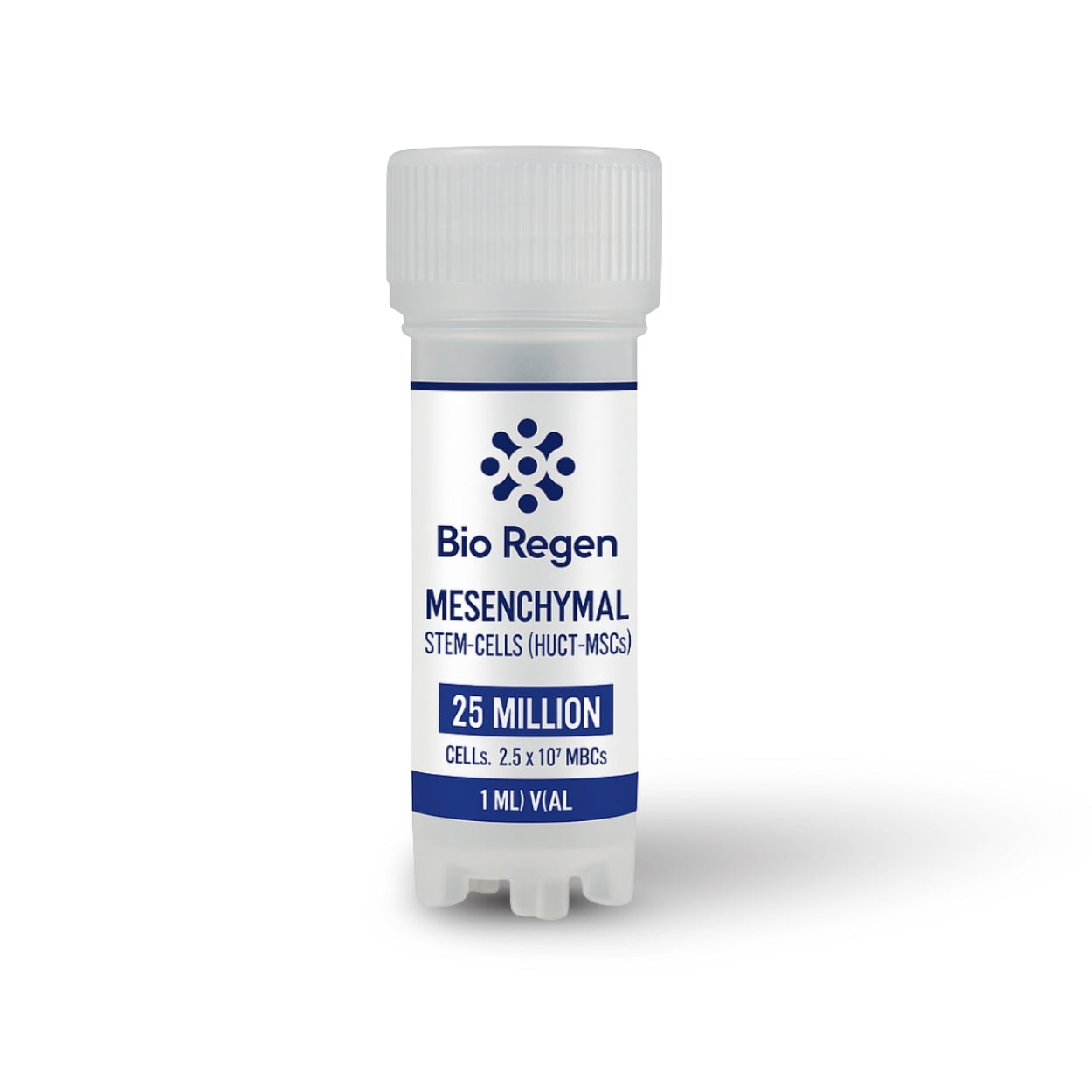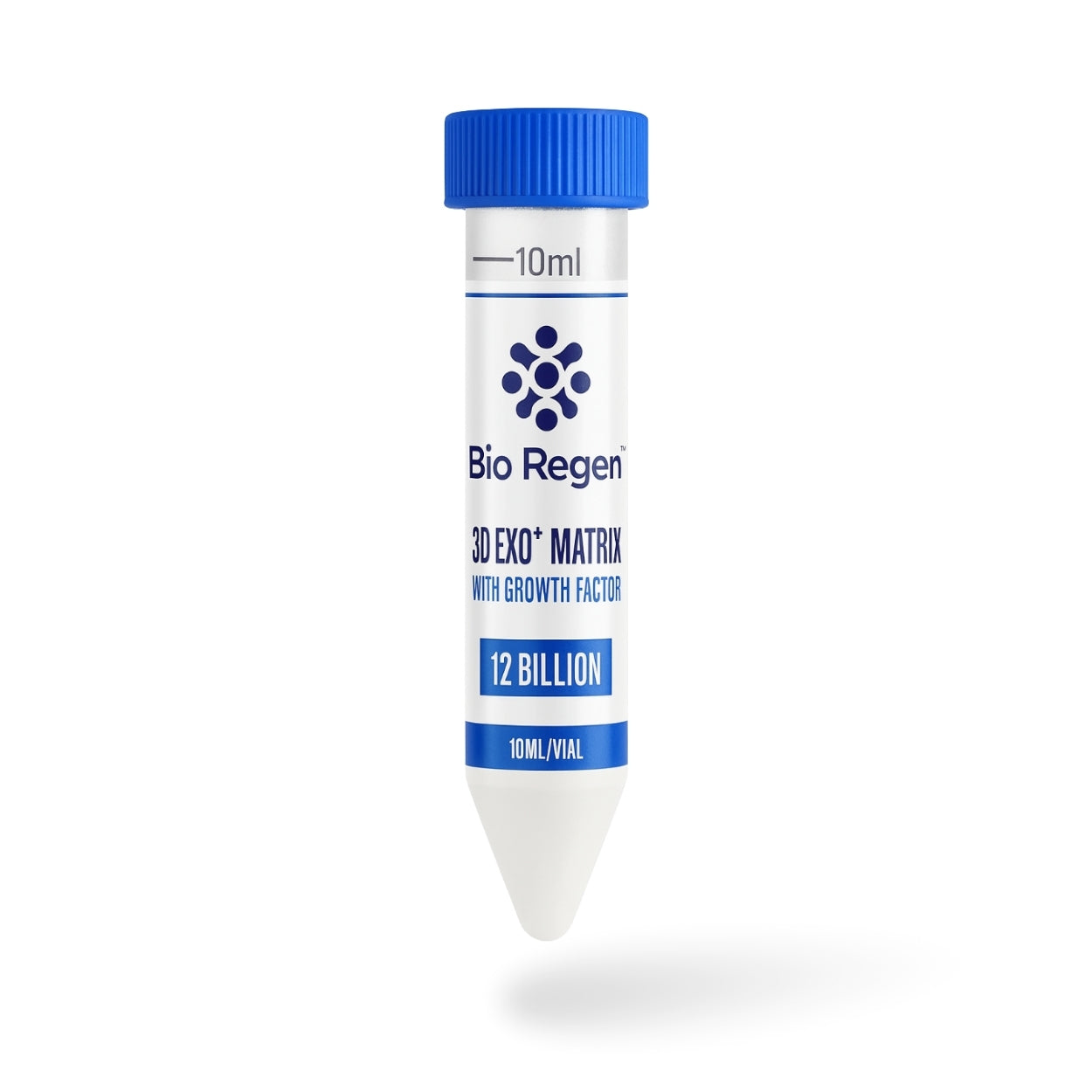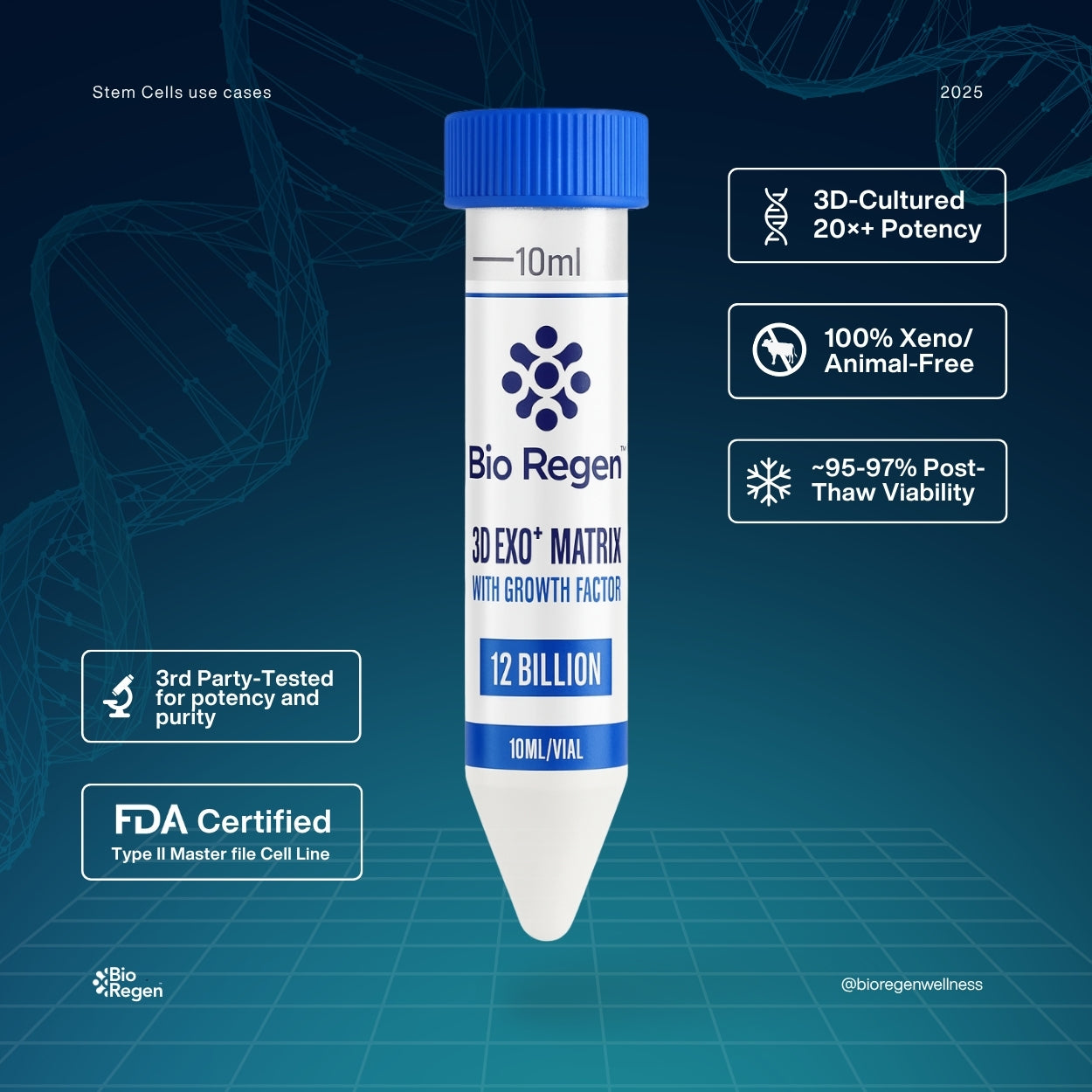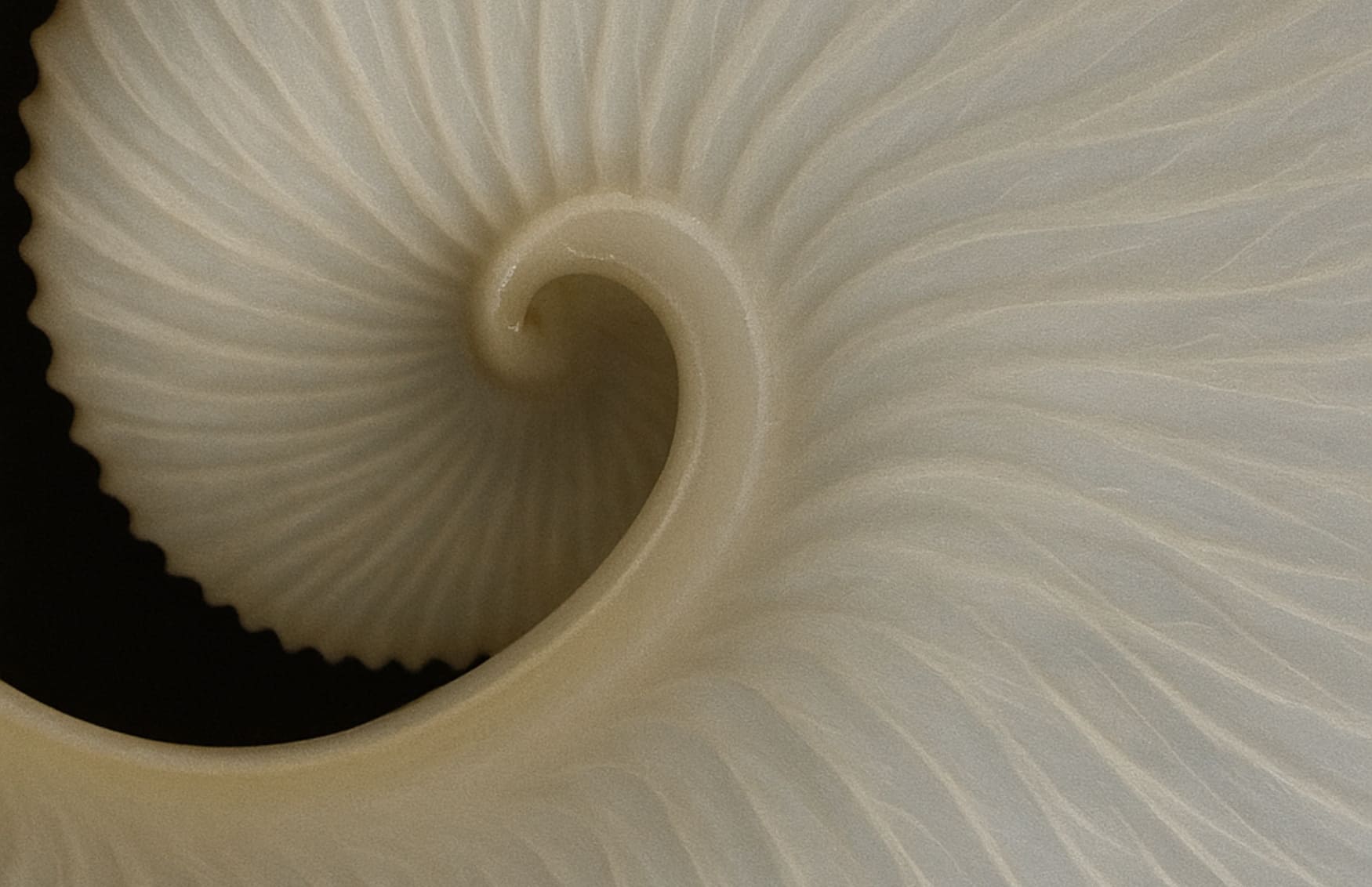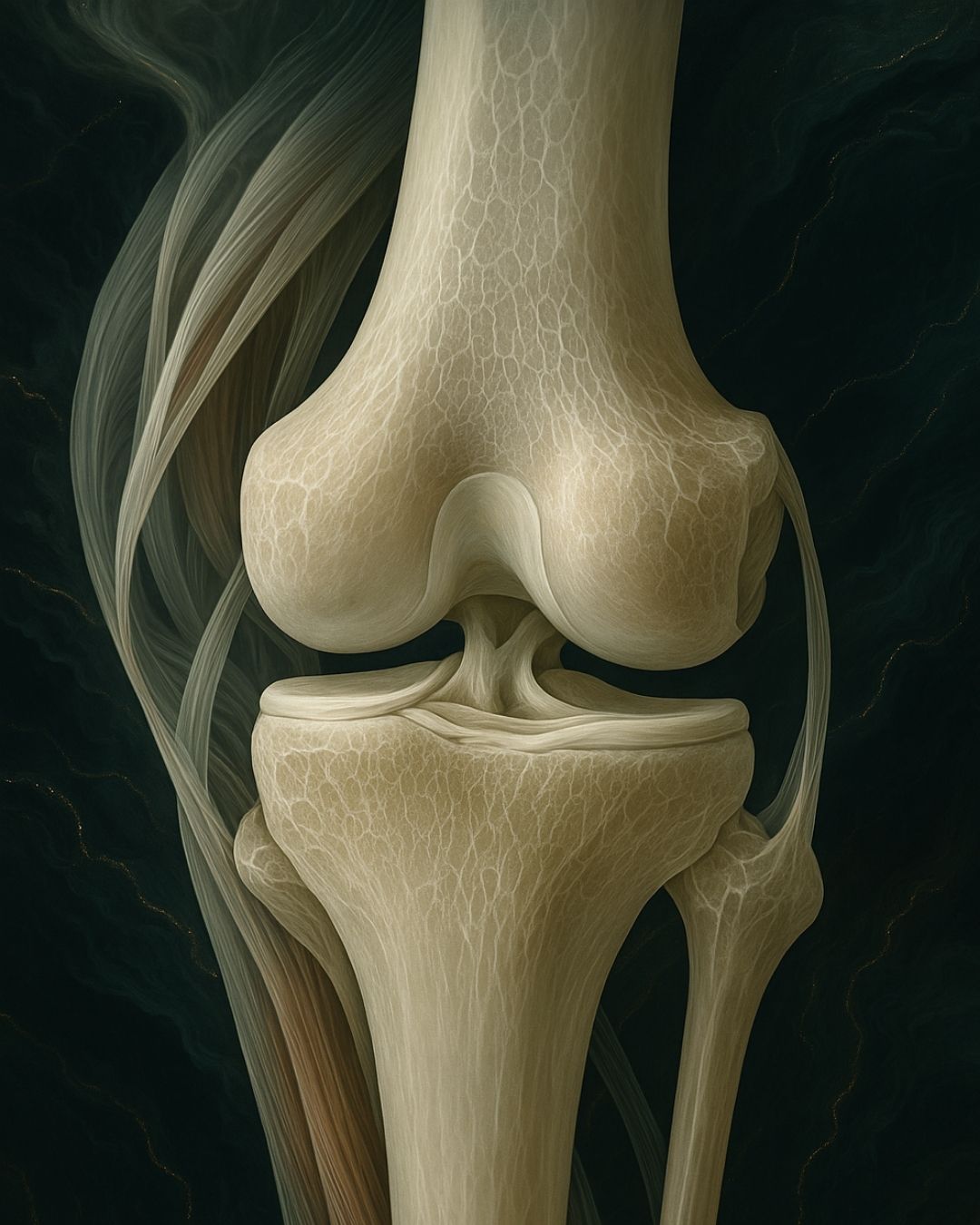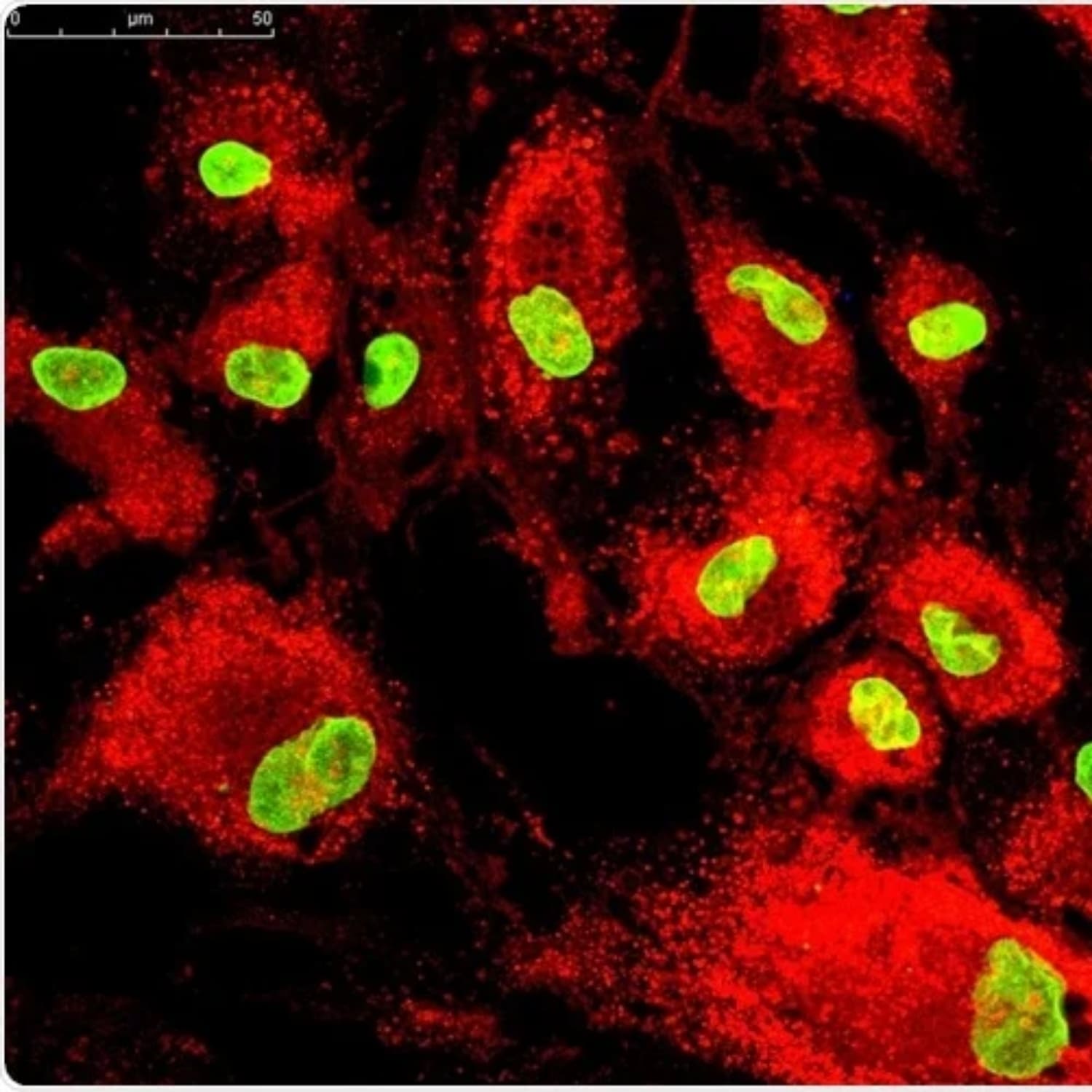PRP Vs Stem Cell Injections

Exploring the Healing Potential of PRP Vs Stem Cell Injections
At Bioxcellerator, our extensive experience in regenerative medicine allows us to dive deep into the nuanced benefits of PRP Vs Stem Cell Injections. Both therapies hold immense promise for patients seeking alternatives to traditional treatment pathways. Over the years, our Palm Beach facility has witnessed firsthand the transformative power these innovative treatments wield.
While PRP utilizes the healing factors from your own blood to enhance tissue regeneration, stem cell therapy relies on the unique ability of these cells to transform and differentiate into specialized tissues. Our approach harnesses these differences to tailor solutions that best fit individual patient needs, from anti-aging to severe arthritis management.
How Do PRP Vs Stem Cell Injections Differ in Effectiveness?
When debating the benefits of PRP Vs Stem Cell Injections, effectiveness is a crucial consideration. Patients at our Miami center often ask about the differences, especially when it comes to arthritis treatment. Our professional insight suggests that stem cells, with their ability to differentiate, provide a robust solution for more severe degeneration. In contrast, PRP shines in milder cases, acting as an effective catalyst for natural healing.
In practical terms, PRP injections may provide noticeable relief within weeks, especially for conditions like knee osteoarthritis. Stem cell therapy, though potentially slower to show effects, can offer a more sustained improvement, rebuilding damaged tissue over time. Such detailed insights ensure our clients make informed decisions tailored to their health status.
Having worked with numerous patients, it's clear that the choice between the two often rests on the severity and the specific nature of the ailment.
What Are Common Questions About PRP Vs Stem Cell Injections?
For those new to PRP Vs Stem Cell Injections, common questions revolve around safety, costs, and expected outcomes. Safety-wise, both treatments are minimally invasive, with PRP utilizing autologous material, generally eliminating the risk of rejection.
- Cost: PRP tends to be more budget-friendly, whereas stem cell procedures can be costlier due to their complexity.
- Longevity: Stem cells often promise longer-lasting results, making them a preferred choice for chronic conditions.
- Procedure: PRP offers quicker recovery, ideal for those seeking swift relief.
At Bioxcellerator, we ensure these questions are addressed, tailoring each consultation to provide clarity and comfort for our clients.
Steps to Access PRP Vs Stem Cell Injections at Bioxcellerator
Engaging with our Palm Beach facility for PRP Vs Stem Cell Injections involves a streamlined process designed for patient ease and satisfaction. Here's what you can expect:
- Initial Consultation: Our specialists evaluate your medical history and current health concerns.
- Customized Treatment Plan: Based on individual needs, we discuss whether PRP or stem cell therapy is best suited for you.
- Procedure Appointment: Scheduled at your convenience, our team ensures the utmost care during the injection process.
- Follow-Up Care: We track your progress and make necessary adjustments to maximize therapeutic outcomes.
This structured approach ensures a supportive journey towards recovery, leveraging the cutting-edge capabilities of regenerative medicine.
Clinical Perspectives: PRP Vs Stem Cell Injections
Clinical evidence consistently shows promising results for both treatments, yet distinguishing when to use PRP Vs Stem Cell Injections can be pivotal. In our Fort Lauderdale facility, stem cells are particularly acclaimed for their application in spine issues, while PRP has shown exceptional results in sports-related injuries.
Data from our practice reveals that patients with chronic back pain and degenerative joint conditions benefit significantly from stem cell infusion, resulting in reduced pain and enhanced mobility. Conversely, athletes often recover faster with PRP, allowing them to return to their sport more swiftly.
This diversity in application demonstrates the versatile nature of regenerative therapies, empowering patients with choices that align with their personal health goals.
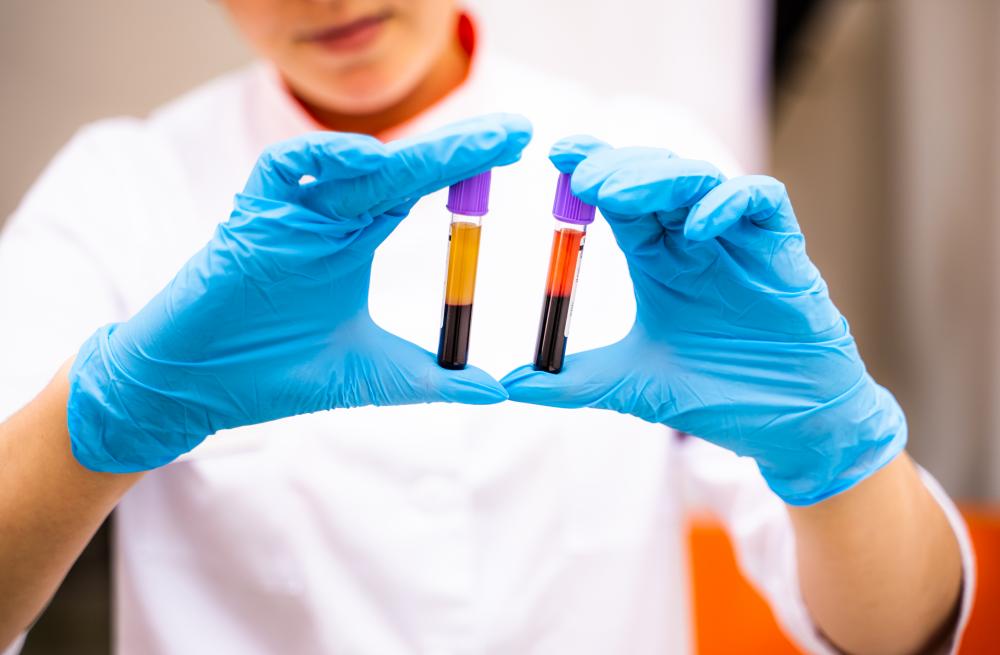
PRP vs Stem Cell: A Comparative Look
Delving into the world of regenerative medicine, the comparison of PRP vs stem cell therapy comes alive as an intricate dance of science and innovation. At Bioxcellerator, where cutting-edge technology meets compassionate care, PRP--short for Platelet-Rich Plasma--and stem cell treatments are explored thoroughly. PRP utilizes concentrated platelets from the patient's blood, fostering an environment conducive to healing and tissue repair. Meanwhile, stem cells are the minuscule architects capable of differentiating into various cell types, offering a more profound regenerative potential. Deciphering the nuances between PRP vs stem cell therapies can empower patients with the knowledge to choose treatments that align with their health needs and aspirations.How Do PRP and Stem Cell Treatments Work?
Understanding the mechanisms behind PRP and stem cell therapies reveals why they captivate the medical community. PRP treatment begins with drawing a small blood sample and centrifuging it to isolate the platelets. These concentrated platelets, abundant in growth factors, are then injected back into the patient's body, amplifying the body's natural healing processes. In contrast, stem cell therapy involves harvesting potent stem cells from the patient or a donor. These versatile cells are cultured and reintroduced into damaged tissues, where they can transform into needed cell types, offering enhanced regeneration and repair. Steps in PRP Therapy:- Draw blood sample from the patient
- Isolate platelets using a centrifuge
- Re-inject concentrated platelets into affected area
2. Culture cells in lab under controlled conditions
3. Inject cultured cells into the target area
What Are the Key Differences?
The divergence between PRP vs stem cell therapies lies primarily in their complexity and application. PRP is often favored for its simplicity, lower cost, and absence of immune rejection risks, as the treatment uses the patient's blood. It's a compelling choice for those seeking less invasive options. Conversely, stem cell therapy shines in scenarios demanding substantial regeneration, such as severe tissue damage or chronic conditions. Although more costly, the longevity and reparative prowess of stem cell treatments often justify the investment, especially for advanced ailments. PRP Advantages: Quick procedure, cost-effective, low immune rejection risk.Stem Cell Benefits: Longer-lasting effects, potential to regenerate diverse tissues, suitable for severe conditions.
Is PRP Better for Certain Conditions?
In my 20+ years working with innovative therapies at Bioxcellerator, I've observed PRP's efficacy in treating conditions where minimal to moderate tissue healing is required. It's particularly beneficial for joint pain, tendon injuries, and mild osteoarthritis. The non-invasive nature and quick turnaround make PRP an attractive option for clients seeking effective pain relief and expedited recovery. In comparison, stem cells are the therapeutic giants for more complex conditions, offering robust solutions for degenerative diseases and more severe injuries. PRP Ideal For: Milder injuries, promoting recovery in joints, and improving minor tissue damage.Stem Cells Best Suited For: Advanced osteoarthritis, degenerative disorders, and significant tissue regeneration.
Cost Considerations in PRP vs Stem Cell Treatments
Financial investment is often pivotal when deciding between PRP vs stem cell therapies. At Bioxcellerator, we understand the significance of balancing effectiveness with affordability. PRP, being a relatively simple procedure, presents a more economical choice, especially beneficial when multiple sessions might be needed. Stem cell therapy, although a larger initial investment, can offer enduring results, reducing the need for future treatments. Our personalized approach ensures that clients are guided to the most cost-effective solution without compromising on the quality or efficacy of their care. Deciding between these therapies hinges on personal health goals, the severity of the condition, and budget considerations. The journey to healing is unique, and cost is just one factor in a broader decision-making process.Comparing PRP and Stem Cell Treatments
At Bioxcellerator, we often encounter patients curious about the differences between PRP Vs Stem Cell Cost. As a leading provider of regenerative therapies, we appreciate the need for clarity on this topic. Platelet-rich plasma (PRP) therapy utilizes the body's own platelets to accelerate healing, making it a more affordable option for many. In contrast, stem cell therapy is more complex and often costlier due to the advanced technology and processes involved.
Why Do PRP and Stem Cell Cost Vary?
PRP Vs Stem Cell Cost can vary significantly due to several factors. The primary reason is the complexity of the procedures. PRP involves a simpler extraction and reinjection of blood components, which typically lowers the cost. In contrast, stem cell therapy may involve laboratory processing and potential use of donor cells, adding to the overall expense.
Additionally, the costs can be influenced by the purpose of the treatment. For example, using stem cells for anti-aging therapies might incur additional costs due to the specialized nature of each procedure.
Is Stem Cell Therapy Worth the Investment?
The decision to opt for stem cell therapy despite its higher cost depends largely on the individual's specific needs. At Bioxcellerator, we have found that patients with chronic conditions or significant tissue damage may find stem cell therapy to be more effective long-term.
Our patients experiencing severe arthritis or spinal issues often report significant improvement with stem cell treatments, making the initial investment worthwhile. This personalized approach ensures that each treatment is tailored to achieve optimal results.
Factors Affecting PRP Vs Stem Cell Cost
Several elements affect the PRP Vs Stem Cell Cost:
- Consultation fees: Initial assessments may vary based on the clinician's expertise.
- Location: Prices can fluctuate depending on geographic location and local demand for treatments.
- Procedure complexity: More sophisticated stem cell treatments typically incur higher costs.
- Follow-up care: Additional post-treatment consultations or therapies may add to the overall expense.
PRP Vs Stem Cell Cost: Which to Choose?
Choosing between PRP and stem cell therapies can be daunting, but a few simple steps can guide you:
- Consult with a knowledgeable regenerative medicine specialist to assess your condition.
- Evaluate the severity of the injury or ailment with a professional.
- Consider the long-term benefits and potential need for repeated treatments.
- Weigh the initial and ongoing costs of each option against the expected outcomes.
What Should People Consider About PRP Vs Stem Cell Cost?
When contemplating PRP Vs Stem Cell Cost, the crucial aspect is aligning the treatment with personal health goals. While PRP may be suitable for milder cases or for those seeking a more budget-friendly option, stem cell therapy offers potential for revitalization in more severe scenarios.
Our team at Bioxcellerator emphasizes that both treatments hold value, but individual considerations and aspirations often dictate the most appropriate course of action. By engaging in an open dialogue with healthcare providers, patients can make informed decisions that best suit their unique needs.
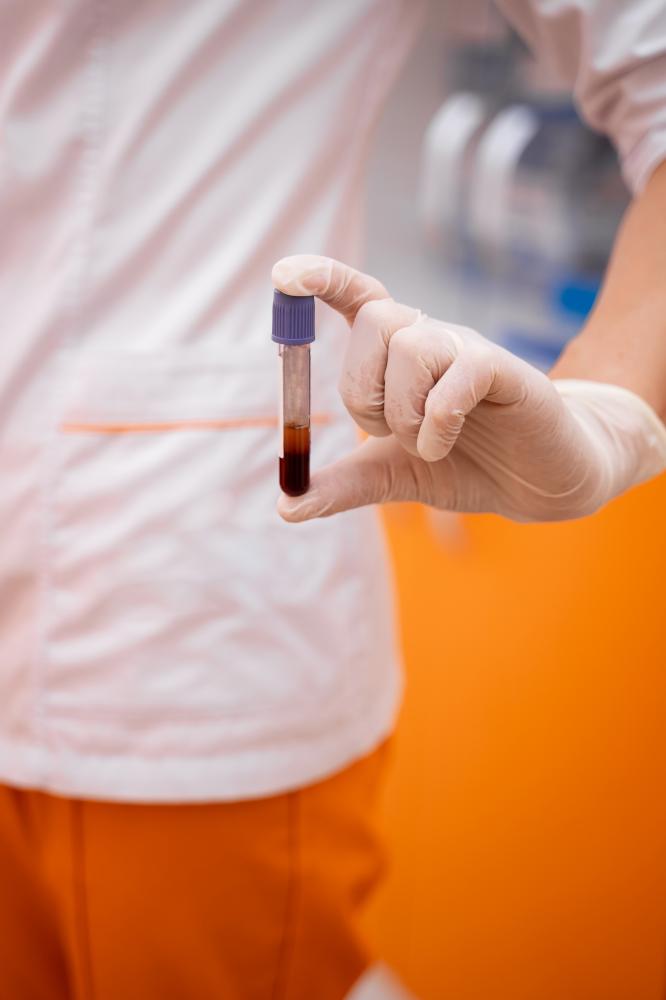
How do PRP and stem cell injections differ in effectiveness?
PRP (Platelet-Rich Plasma) and stem cell injections each have unique strengths depending on the condition being addressed. At Bioxcellerator, we've seen PRP shine in cases of mild injuries and osteoarthritis, where quick relief is desired. The treatment utilizes growth factors from your own blood, accelerating the body's healing process and reducing inflammation. On the other hand, stem cell therapy is more suited for severe degenerative conditions due to its ability to regenerate damaged tissues over time.
Imagine walking around with persistent knee pain from osteoarthritis. A PRP injection might offer relief within a few weeks, allowing you to enjoy activities you love much sooner. Conversely, if you're dealing with significant cartilage loss or damage, stem cells could help restore the tissue more sustainably.
Both treatments are minimally invasive, but deciding between them often depends on the severity of your condition and your long-term goals. Do you aim for immediate relief, or are you looking for longer-term regeneration? Considering these factors can help in choosing the appropriate treatment.
What are common misconceptions about PRP vs. stem cell injections?
One common misconception is that PRP and stem cell therapies are essentially the same. While both are regenerative treatments, they differ fundamentally in their approach and potential outcomes. PRP utilizes concentrated blood platelets, rich in growth factors, to facilitate healing. In contrast, stem cells have the unique ability to differentiate into various cell types, offering more profound regenerative potential.
Another misconception is that these therapies are only for elite athletes or those with severe conditions. In reality, everyday individuals with injuries, arthritis, or even those seeking anti-aging solutions can benefit. For instance, at Bioxcellerator, we've seen weekend warriors and retirees alike find renewed vitality through these treatments.
Lastly, some believe that these therapies are experimental. While ongoing research continues to optimize these treatments, they are widely accepted and utilized in clinical practice worldwide, with numerous studies supporting their safety and efficacy.
How do I decide if PRP or stem cell therapy is right for me?
Choosing between PRP and stem cell therapy involves weighing several factors, including the nature and severity of your condition, your treatment goals, and budget considerations. At Bioxcellerator, we guide our clients through an initial consultation to determine the most suitable approach.
Consider what you're hoping to achieve. For acute injuries or mild osteoarthritis, PRP might be ideal due to its quicker recovery time. However, if you're dealing with more advanced degeneration or chronic pain, stem cells could provide the regenerative boost needed for long-term improvement.
It's also essential to consider logistics. PRP is typically more cost-effective and involves a simpler procedure. Stem cell therapy, while often more expensive due to its complexity, can be a worthwhile investment for comprehensive regeneration.
Reflecting on your lifestyle and health priorities can also provide insights. Are you looking for a quick fix or a more sustainable solution? Engage in a dialogue with a regenerative medicine specialist to explore these options further.
What factors affect the cost of PRP vs. stem cell therapies?
The cost of PRP and stem cell therapies can vary based on several elements, including procedure complexity, location, and the specific expertise of the clinician. PRP involves a straightforward process of blood draw and platelet injection, often resulting in a lower cost. Stem cell treatments, however, may involve laboratory processing or the use of donor cells, increasing expenses.
Geography also plays a role; for instance, treatments may be priced differently in urban centers versus smaller towns due to demand and cost of living variations. At Bioxcellerator, we strive to provide transparent pricing and tailor treatment plans to fit budgetary needs without compromising on quality.
Lastly, the severity of the condition can influence costs. Severe or chronic conditions might require multiple sessions or advanced procedures, impacting the overall investment needed. By assessing your specific health goals, you can decide which option provides the best value for your situation.
Is stem cell therapy worth the investment for chronic conditions?
Stem cell therapy can indeed be a worthwhile investment for chronic conditions, particularly those involving significant tissue degeneration. At Bioxcellerator, we've observed substantial improvements in patients with severe arthritis and spinal issues who opted for stem cell treatments. These therapies offer the ability to regenerate damaged tissues, potentially reducing reliance on pain medications and enhancing quality of life.
While the initial cost may be higher than other treatments, the long-term benefits often justify the investment. Think of it like investing in a long-term solution rather than quick fixes that might not address the root of the issue.
However, it's crucial to discuss with a healthcare provider to determine if stem cell therapy is the most effective course for your specific condition. By considering both the financial and health-related outcomes, you can make a more informed decision about whether this innovative therapy aligns with your goals.
Resources
- National Institutes of Health (NIH) - The NIH is the largest biomedical research agency in the world, providing information and resources on regenerative medicine, PRP, and stem cell therapies.
- U.S. Food and Drug Administration (FDA) - The FDA regulates the safety and effectiveness of medical treatments, including PRP and stem cell therapies. Their website offers valuable information for patients and healthcare providers.
- Centers for Disease Control and Prevention (CDC) - The CDC provides public health guidance and resources, which may include information on the safety and efficacy of PRP and stem cell treatments.
- Mayo Clinic - The Mayo Clinic is a renowned medical institution that offers reliable information on various medical treatments, including PRP and stem cell therapies.
















